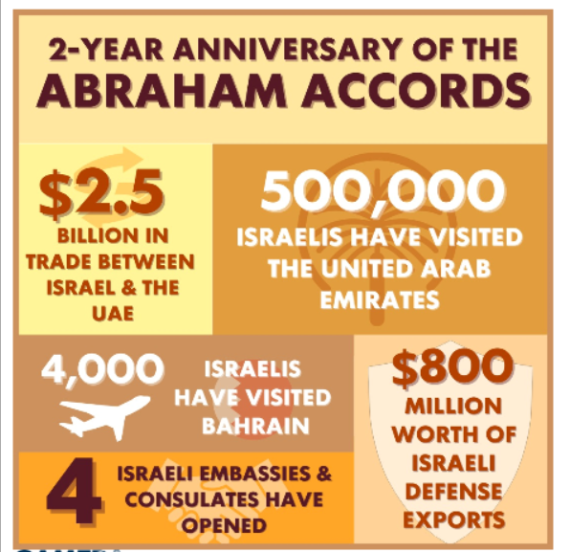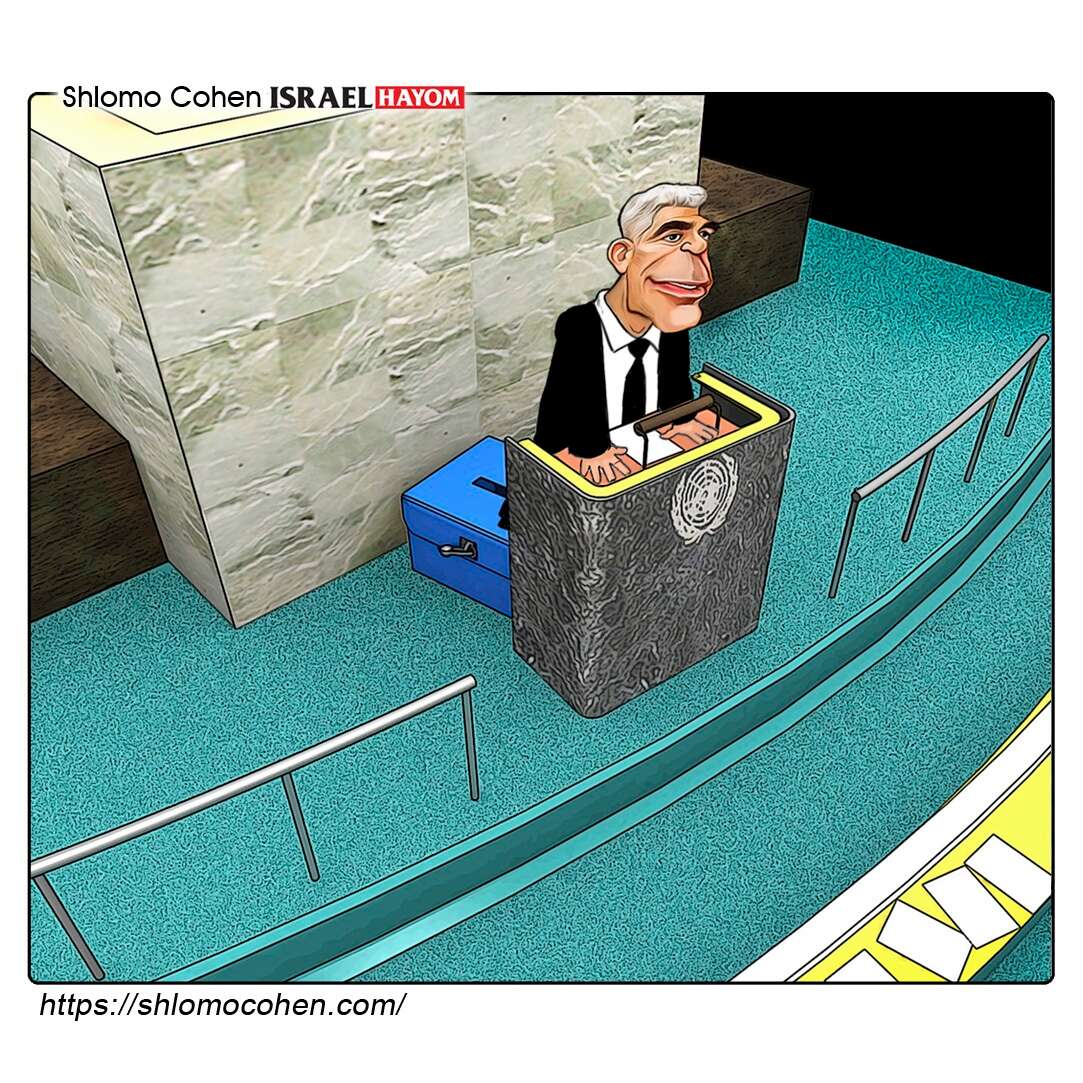JPost Editorial: More can be done to support the Iranian protests against strict Islamic laws
The civil unrest that began in Iran on September 16 has been called “The Mahsa Amini protests,” named after the young Iranian woman who died in police custody in Tehran after being severely beaten by the Guidance Patrol, the Islamic Republic’s morality police, which accused her of wearing an “improper” hijab in violation of Iran’s mandatory hijab law.Phyllis Chesler: Why Haven’t Linda Sarsour, Ilhan Omar, and Rashida Tlaib Even Mentioned Iran’s Hijab Protests?
“The 22-year-old woman emerged from the Tehran subway, her dark hair covered with a black headscarf and the lines of her body obscured by loose clothing, when the capital city’s Guidance Patrol spotted her,” The New York Times reported. “They were members of Iran’s notorious morality police, enforcers of the conservative Islamic dress and behavior rules that have governed daily life for Iranians since the 1979 revolution, and newly energized under a hard-line president who took office last year. By their standards, Mahsa Amini was improperly dressed, which could mean something as simple as a wisp of hair protruding from her headscarf. They put her in a van and drove her away to a detention center, where she was to undergo re-education. Three days later, on September 16, she was dead.”
The protests erupted hours after her death outside the Tehran hospital where she was treated and spread like wildfire to her home province of Kurdistan and then to other cities across Iran.
In response, the Iranian regime initially implemented regional shutdowns of Internet access, and as the protests grew, it imposed a widespread Internet blackout together with nationwide restrictions on social media.
Still, dozens of protesters have been killed in almost two weeks of rage and street battles that are certainly the deadliest since the 2019–20 protests which resulted in more than 1,500 fatalities. The New York Times called them the largest the country has witnessed since 2009, when demonstrations broke out in response to the reelection of then-president Mahmoud Ahmadinejad in a vote seen by many as fraudulent.
Chanting “Women, life and freedom” and “Death to the dictator,” the protesters targeted their anger at their ailing supreme leader, Ayatollah Ali Khamenei, while their current president, Ebrahim Raisi, was in New York City to address the UN General Assembly. Ironically, Raisi canceled a scheduled interview with CNN’s Christiane Amanpour after she refused to wear a headscarf.
Clearly, the Iranian women and their male supporters find their lives intolerable. They’d rather be dead than continue to live in the prison that Iran has become for all but the ruling mullahs and their hirelings.Emily Schrader: Iran protests should be turning point in change for women, life and freedom
The demonstrations, however, are about more than women’s rights. Iranians have demonstrated in massive numbers before — in 2009 over election fraud, in 2017 over economic misery, and in 2019 over fuel prices. Each time, the government suppressed the uprisings with bullets, tear gas, beatings, arrests, torture, and murder. What might be required for a different outcome to occur?
In a personal interview, my esteemed colleague, Ibn Warraq, points out: “The protesters lack leadership and above all they lack weapons.”
Ibn Warraq also points out that “At some point the army would have to flip, refuse to kill their own people.”
Is this possible? Can it ever happen? Are a people who were able to drive out the Shah also capable of driving out Khomeini’s mullahs? That is the question.
For all its very serious faults, including using the American flag to fashion a hijab for the marchers, Sarsour was part of a Women’s March leadership that drew hundreds of thousands of people. Tlaib and Omar have run multiple successful campaigns.
Imagine if they applied their organizational skills to rallying Americans to take to the streets in support the heroic Iranian women and men who are risking their lives for the freedoms we enjoy in America.
It could show the Iranians that we stand with them, and that moral support might help keep them going. Sadly, we are unlikely to find out.
This past week, practically the entire country of Iran exploded over the death of 22-year-old Mahsa Amini, arrested by Iran’s infamous morality police for improperly wearing a hijab (a criminal offense in Iran). She was beaten and later died of her injuries. The response from the people of Iran has been overwhelming.
Iranians once lived in an extremely progressive and liberal country, but for 43 years now have suffered under the terrorist dictatorship of the Ayatollah – a radically Islamist regime known for its barbarity, cruelty, and misogyny. Mahsa’s death, however, has sparked an uprising. The people have had their fill of systematic oppression, in particular against women. Through massive protests and the help of social media, Iranians are doing all they can to reclaim their country. Sadly, the West appears to be failing them yet again.
From the very start of the protests, the movement was women-led, with initial slogans being “women, life, freedom.” With the hashtag #MahsaAmini, videos began circulating across social media showing Iranian women cutting their hair and burning their hijabs to protest against the Islamic regime and its brutal morality police. The protests spilled into the streets as tens of thousands of Iranians gathered fearlessly, men and women, burning hijabs in public, dancing (another illegal activity for women in Iran), and chanting, “death to the dictator!” in the face of violent regime police.
Yet at the same time as Iranians were fighting for their basic freedoms and for equality between men and women, the United States – which is supposed to be a beacon of freedom and democracy in the world – welcomed Iranian President Ebrahim Raisi, also known as the “Butcher of Tehran” for his role in mass executions and torture of political dissidents. Raisi touched down in New York to address the UN General Assembly, yet should never have been granted a visa.
The US prohibits issuing visas to leaders who have threatened US leaders or have carried out terrorist activities. Given that the Iranian Revolutionary Guard Corps (IRGC) is a terror group in the United States, the fact the US would grant Raisi a visa is appalling and disrespectful to Raisi’s victims and the Iranian people.
As if that wasn’t sickening enough, shortly before Raisi addressed the UN, he conducted an interview with 60 Minutes in which he blatantly refused to recognize that the Holocaust occurred. Later, in his UN speech, he criticized the United States and praised late IRGC Commander Qasem Soleimani, a man responsible for countless acts of terrorism.














































